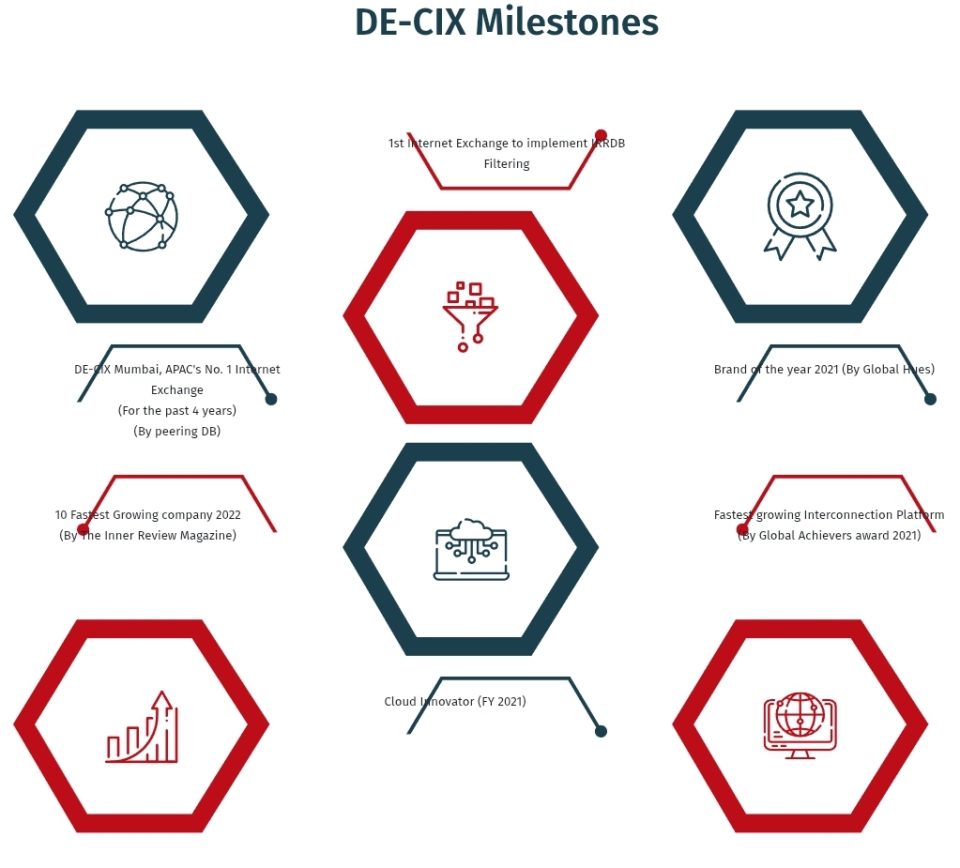The LCNC Wake-Up Call: Prioritizing Customer Experience in the Rush for Speed
The Low-Code/No-Code (LCNC) industry stands at a critical crossroads. Meanwhile, customer experience principles demand immediate attention from platform providers. Moreover, recent industry developments highlight fundamental gaps in user-centric design approaches.
The Speed vs. Substance Dilemma
Currently, LCNC platforms prioritize rapid deployment over comprehensive user experience. However, this approach creates significant customer satisfaction challenges. Furthermore, organizations adopting these solutions face unexpected implementation barriers.
Consequently, businesses struggle with platforms that promise simplicity but deliver complexity. Additionally, user frustration increases when tools fail to meet basic usability standards. Therefore, the industry must reconsider its development priorities.
Trust: The Foundation of Customer Experience
Trust forms the cornerstone of effective customer relationships in technology adoption. Similarly, LCNC platforms must establish credibility through consistent performance delivery. Nevertheless, many current offerings fail to meet basic reliability expectations.
Subsequently, organizations lose confidence in platform capabilities. Moreover, trust erosion affects long-term customer retention rates significantly. Hence, rebuilding trust requires deliberate customer-centric strategies.
Industry Expert Perspective
By Mr Sudhir Kunder, CBO of DE-CIX, India
“The recent turn of events is a clear signal to the Low-Code/No-Code (LCNC) space — and it’s one that can’t be brushed off. As the industry chases faster launches and simpler builds, there’s a risk of trading depth for speed. But innovation without a solid backbone won’t stand for long.
What really matters — trust, clear delivery, and genuine respect for users — can’t be sidelined. These aren’t just values; they’re the base of everything LCNC claims to empower. When they’re missing, even the strongest platforms start to feel hollow.
This is a moment to take a breath. To reassess what’s being built and, more importantly, how it’s being built. Speed is great, but only when it walks hand-in-hand with accountability. Promises mean something — especially to the people relying on these tools to shape their work.
The potential of LCNC is real. It can truly reshape how businesses build and move. But for that to happen, the ecosystem needs to grow with intention. This isn’t just a bump in the road — it’s a moment to choose better. Better practices. Better standards. And a better future, built on trust that actually holds.”
Clear Delivery: Meeting Customer Expectations
Transparent communication drives successful customer experience outcomes in LCNC implementations. Furthermore, clear delivery involves setting realistic expectations from initial customer interactions. Additionally, platforms must provide comprehensive documentation and support resources.
Accordingly, customers appreciate honest assessments of platform capabilities and limitations. Meanwhile, misleading marketing creates disconnect between promises and actual deliverables. Therefore, clarity becomes essential for maintaining customer satisfaction.
Subsequently, organizations benefit from platforms that communicate constraints upfront. Moreover, transparent roadmaps help customers make informed technology investment decisions. Thus, clear delivery practices enhance overall customer trust.
Genuine User Respect: Beyond Surface-Level Features
Respecting users involves understanding their actual workflow requirements and business challenges. Similarly, effective LCNC platforms address real-world implementation scenarios. However, many current solutions focus on demo-friendly features rather than practical usability.
Consequently, users encounter significant gaps between marketing presentations and daily usage reality. Additionally, complex business logic often requires workarounds that compromise user experience. Therefore, genuine respect demands comprehensive feature development.
Furthermore, user feedback integration becomes crucial for platform evolution. Meanwhile, iterative improvement based on actual usage patterns enhances customer satisfaction. Hence, user-centric development approaches yield better long-term outcomes.
The Accountability Framework
Accountability in LCNC development requires measurable customer experience commitments. Moreover, platforms must establish clear success metrics beyond basic functionality. Additionally, regular customer satisfaction assessments guide improvement initiatives.
Subsequently, accountability involves taking ownership of platform limitations and addressing them systematically. Furthermore, transparent reporting on platform performance builds customer confidence. Therefore, accountability frameworks strengthen customer relationships.
Meanwhile, proactive communication about known issues demonstrates commitment to customer success. Additionally, rapid resolution of customer-reported problems shows genuine care for user experience. Thus, accountability becomes a competitive differentiator.
Building Intentional Ecosystems
Intentional ecosystem development prioritizes sustainable customer value over rapid market expansion. Similarly, thoughtful platform architecture supports long-term customer success. However, rushed development often creates technical debt that affects user experience.
Consequently, intentional development requires patient investment in fundamental platform capabilities. Moreover, sustainable growth depends on solid foundational technologies and user experience design. Therefore, ecosystem maturity becomes essential for customer satisfaction.
Furthermore, intentional ecosystems foster collaborative relationships between platform providers and customers. Additionally, shared success metrics align vendor and customer interests effectively. Hence, intentional development creates win-win scenarios.
The Path Forward: Customer-Centric Innovation
Customer-centric innovation balances speed with substance in LCNC platform development. Meanwhile, successful platforms integrate user feedback throughout development cycles. Moreover, continuous improvement based on actual usage data enhances customer satisfaction.
Subsequently, customer-centric approaches require dedicated user experience teams and resources. Furthermore, regular customer advisory sessions guide platform roadmap decisions. Therefore, customer input becomes integral to innovation processes.
Additionally, customer success metrics drive platform enhancement priorities. Meanwhile, user experience optimization receives equal importance with feature development. Thus, customer-centricity transforms platform development approaches.
Conclusion: Choosing Better Standards
The LCNC industry faces a defining moment that demands better customer experience standards. Moreover, sustainable growth requires platforms that prioritize user success over rapid deployment. Furthermore, trust-based relationships create lasting competitive advantages.
Therefore, industry leaders must champion customer-centric development practices. Additionally, better standards emerge from collective commitment to user experience excellence. Subsequently, the industry can fulfill its transformation potential through intentional customer focus.
Meanwhile, organizations benefit from platforms that demonstrate genuine commitment to customer success. Moreover, trust-based relationships support long-term digital transformation initiatives. Hence, choosing better standards benefits the entire LCNC ecosystem.
About Sudhir Kunder:
Mr. Sudhir Kunder serves as Chief Business Officer of DE-CIX India, bringing over 29 years of experience across telecommunications, Internet Exchange, Data centre, FMCG, retail, and ICT sectors.

About DE-CIX India:
DE-CIX India operates as a leading Internet Exchange dedicated to shaping digital connectivity’s future in India. Moreover, they facilitate seamless connectivity between major Indian and international networks through carrier and data center-neutral approaches. Additionally, they operate Internet Exchange Points in Mumbai, Delhi, Chennai, Kolkata, Bengaluru, and Hyderabad.
Furthermore, DE-CIX India interconnects diverse stakeholders including ISPs, CDNs, OTT players, DNS root servers, and social media platforms. Therefore, their robust platform enhances Internet performance while empowering ISPs, content providers, and enterprises.
Website: https://www.de-cix.in/

